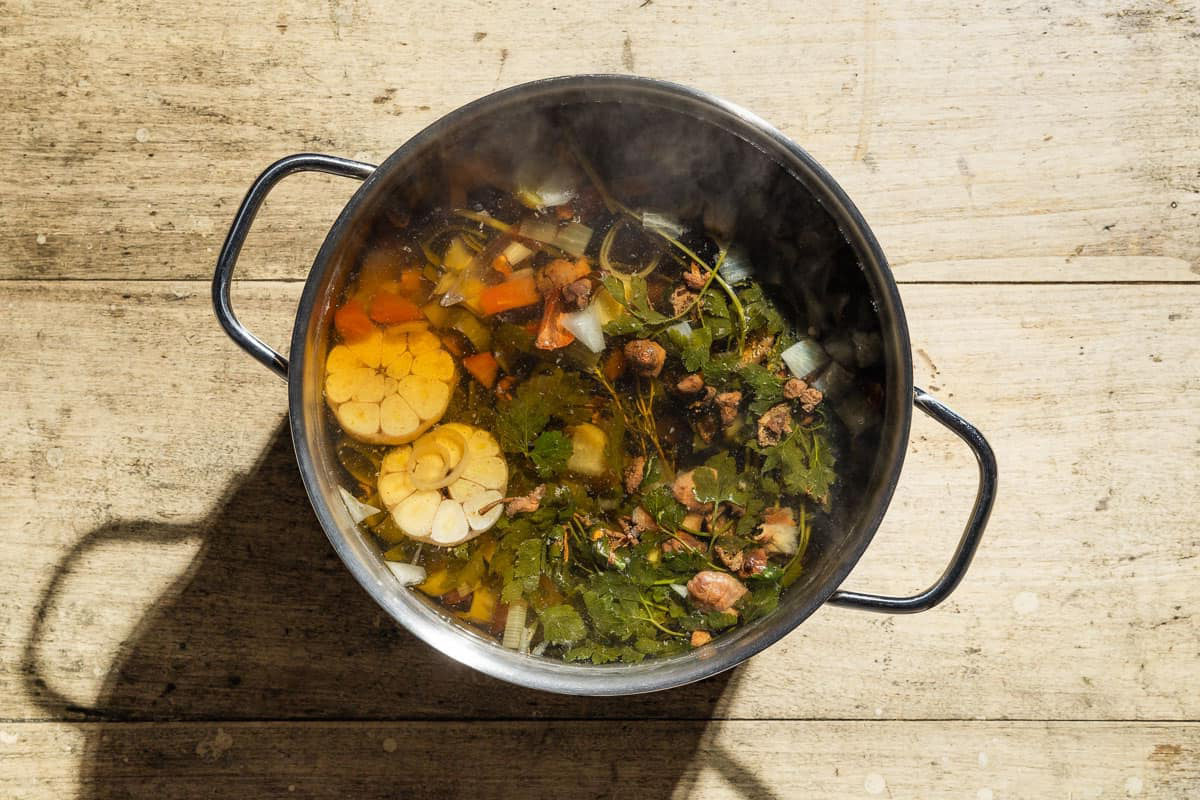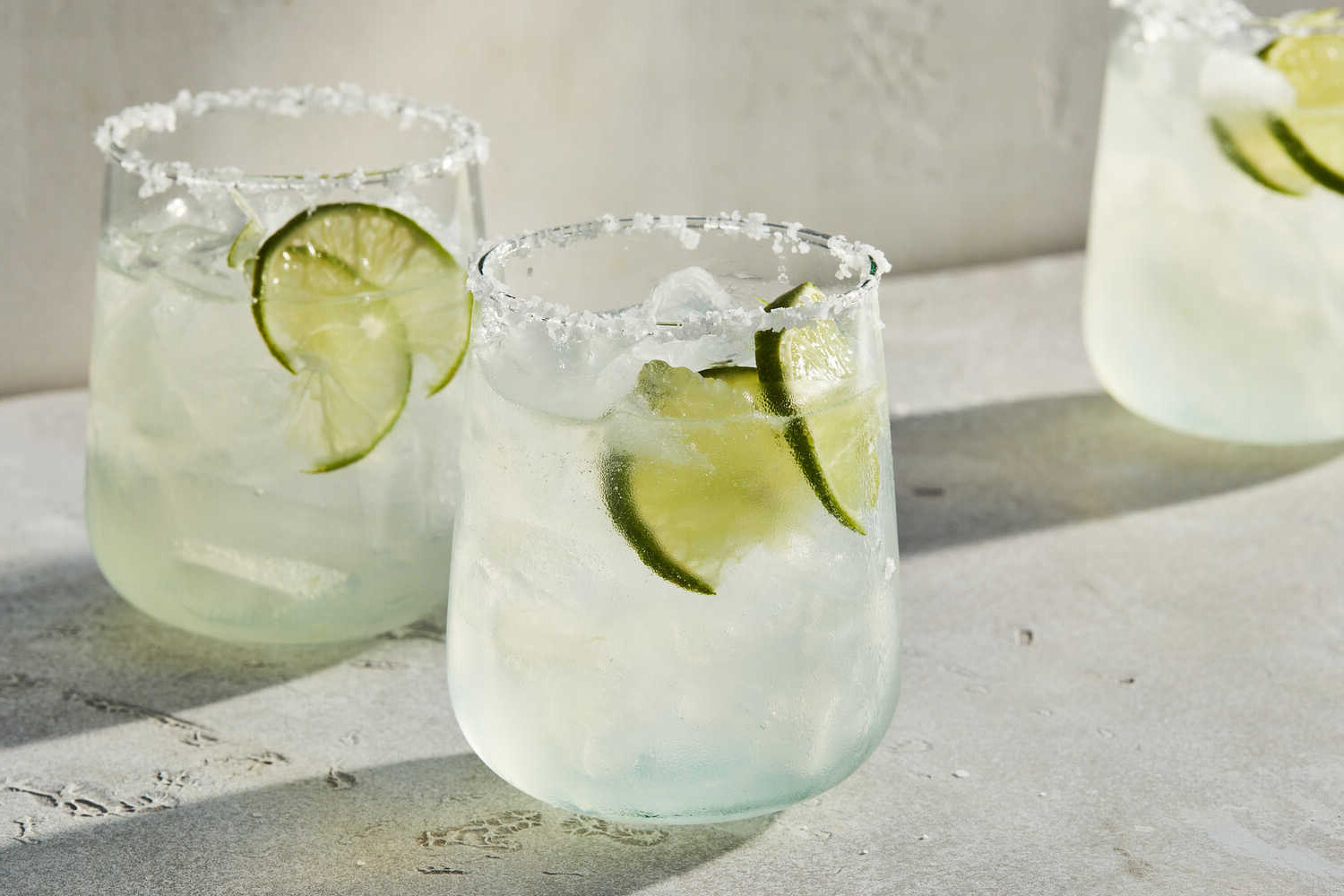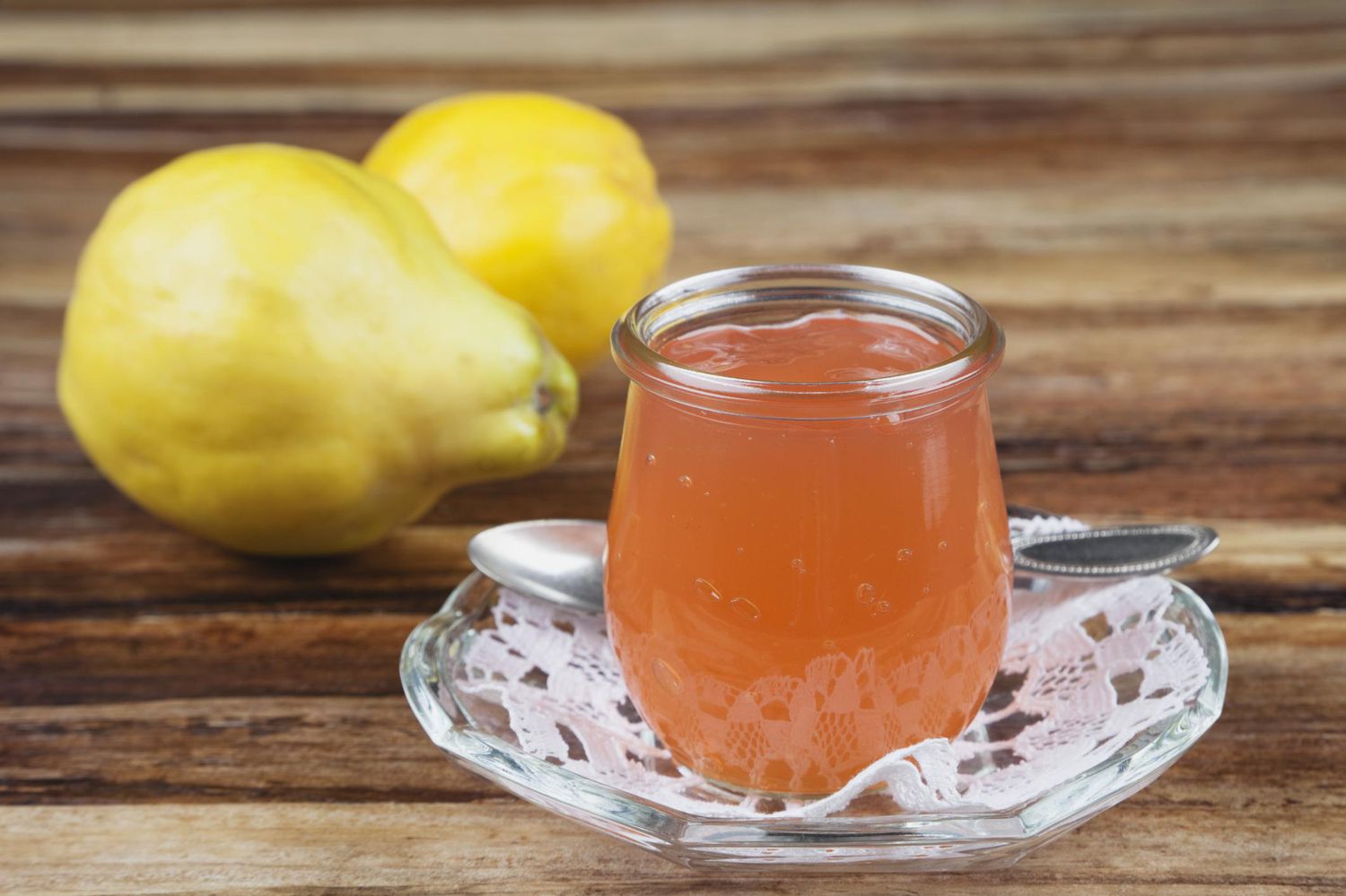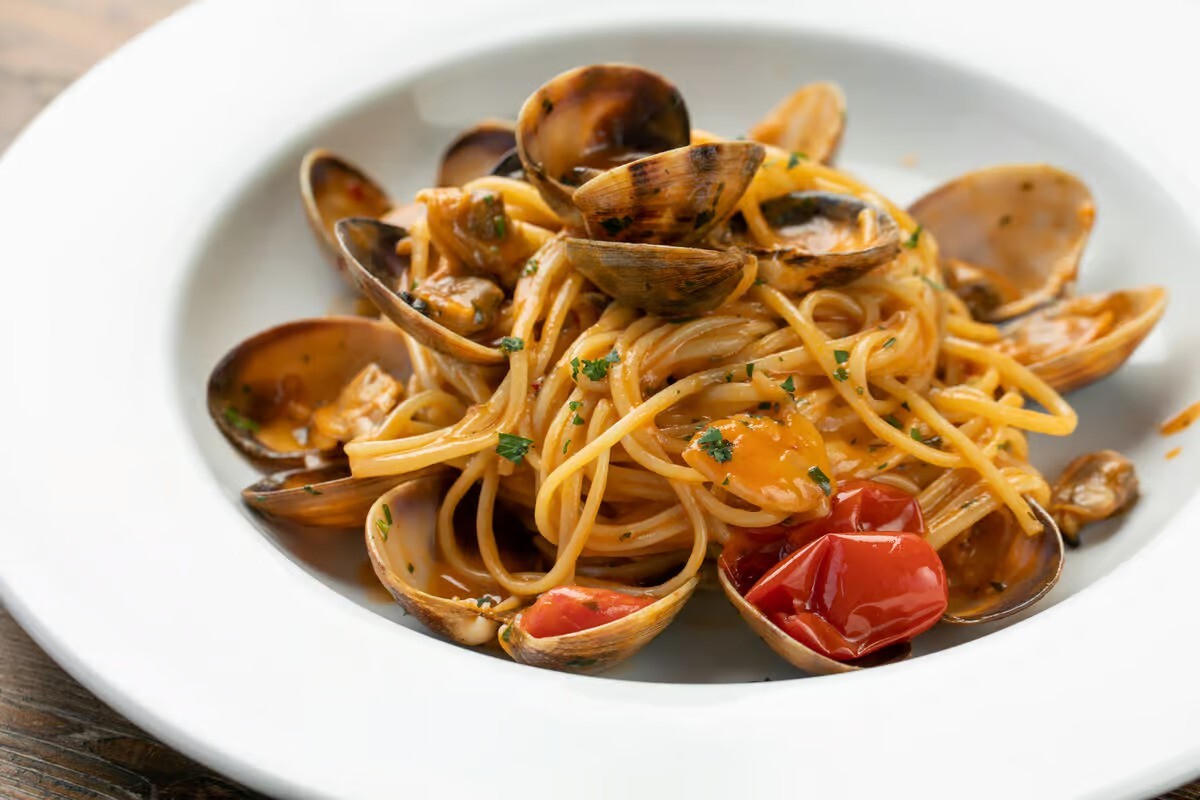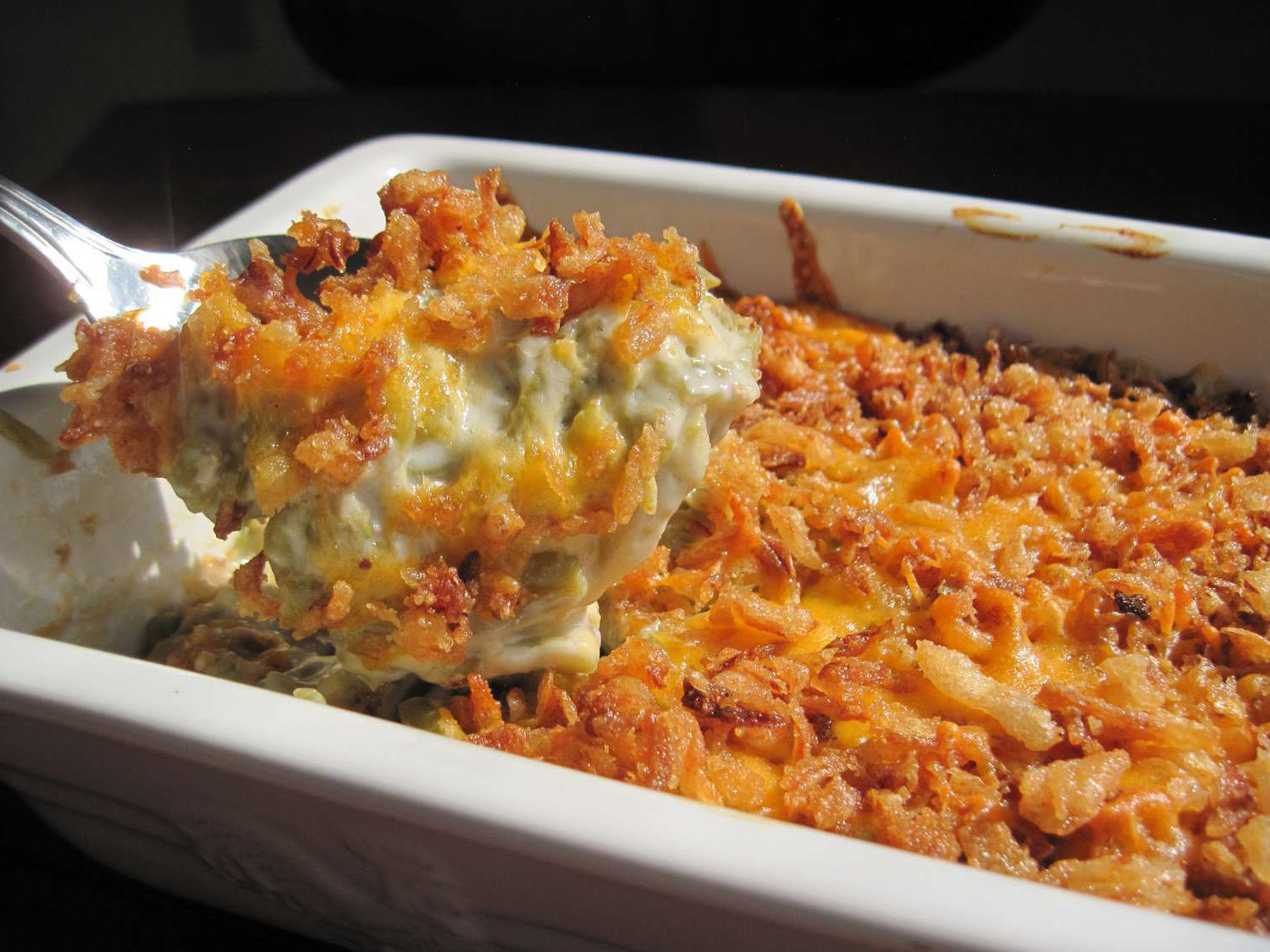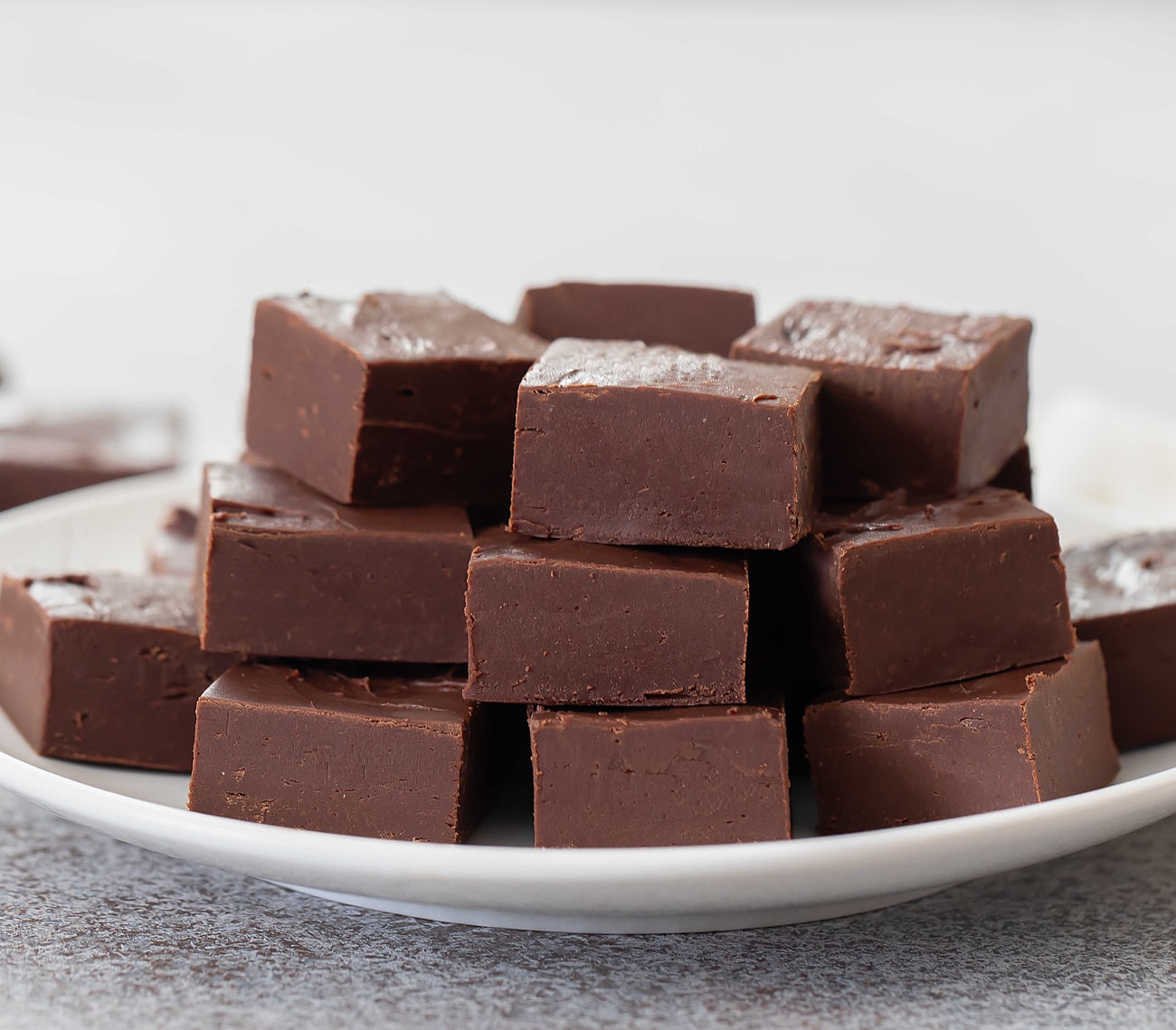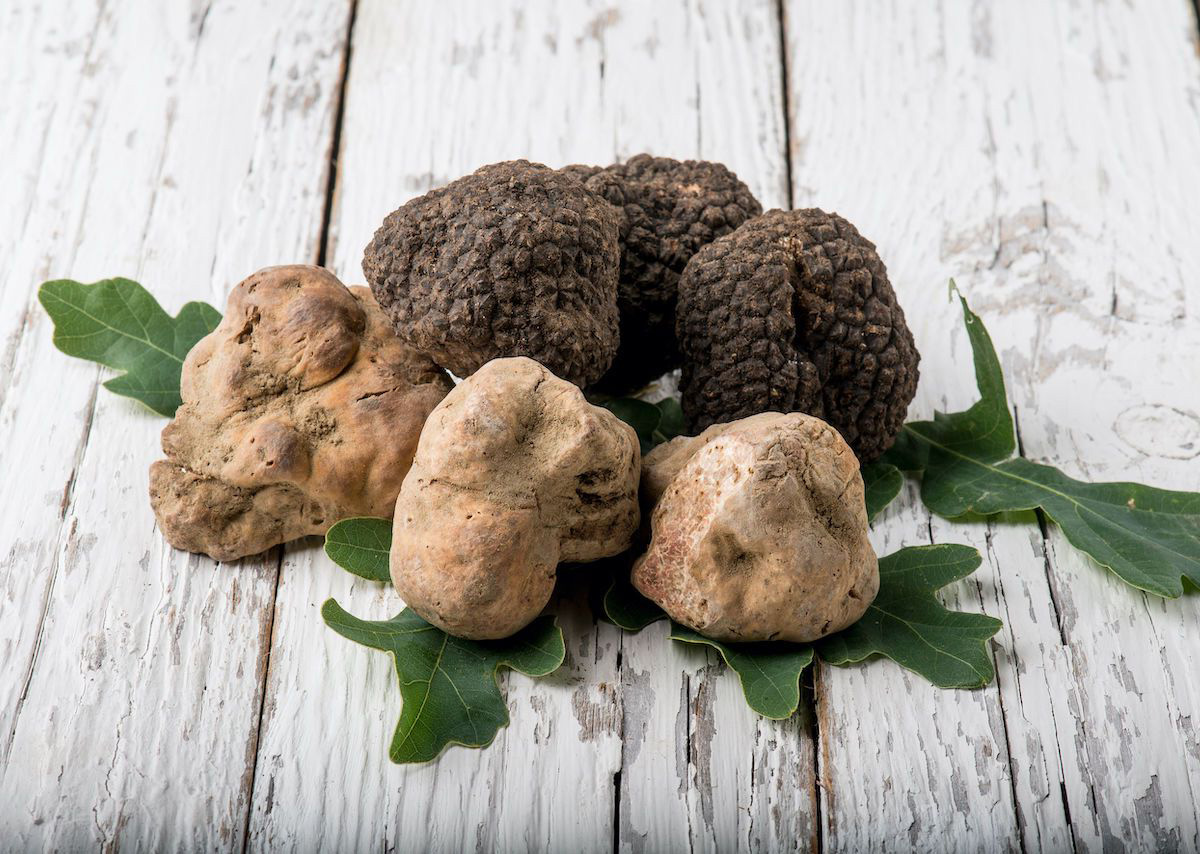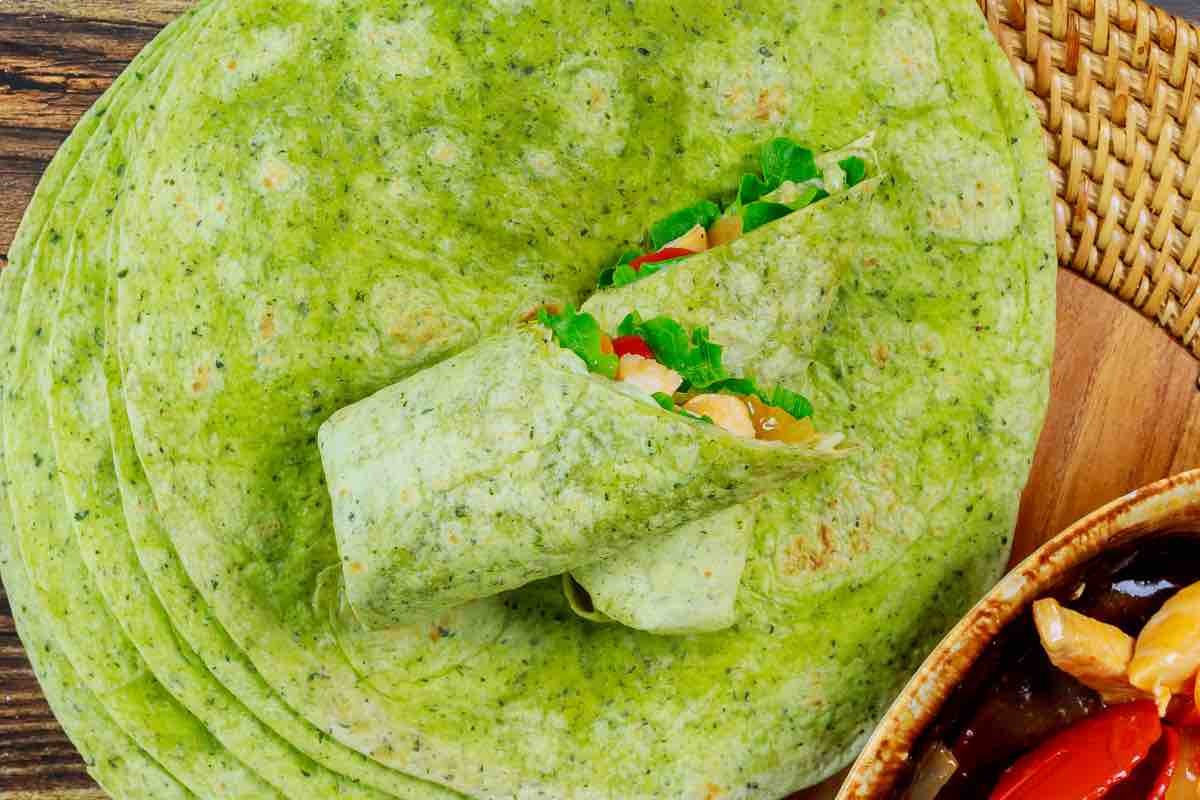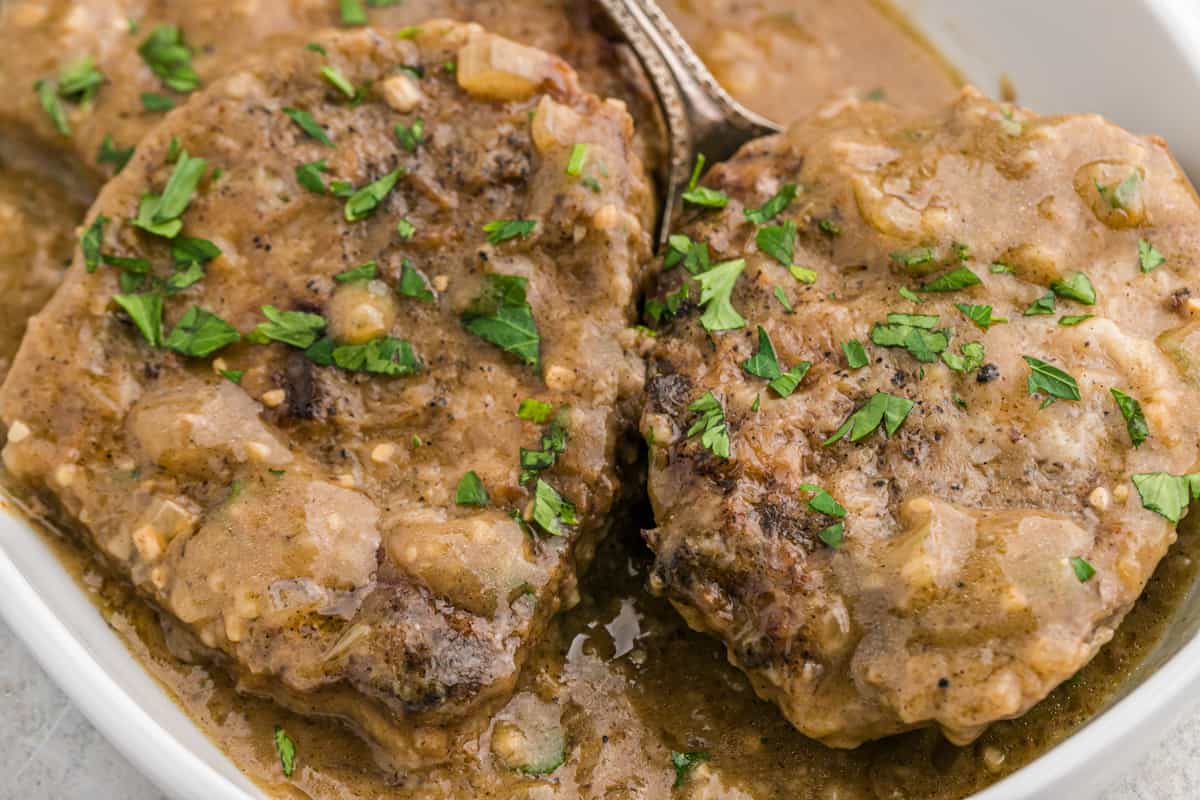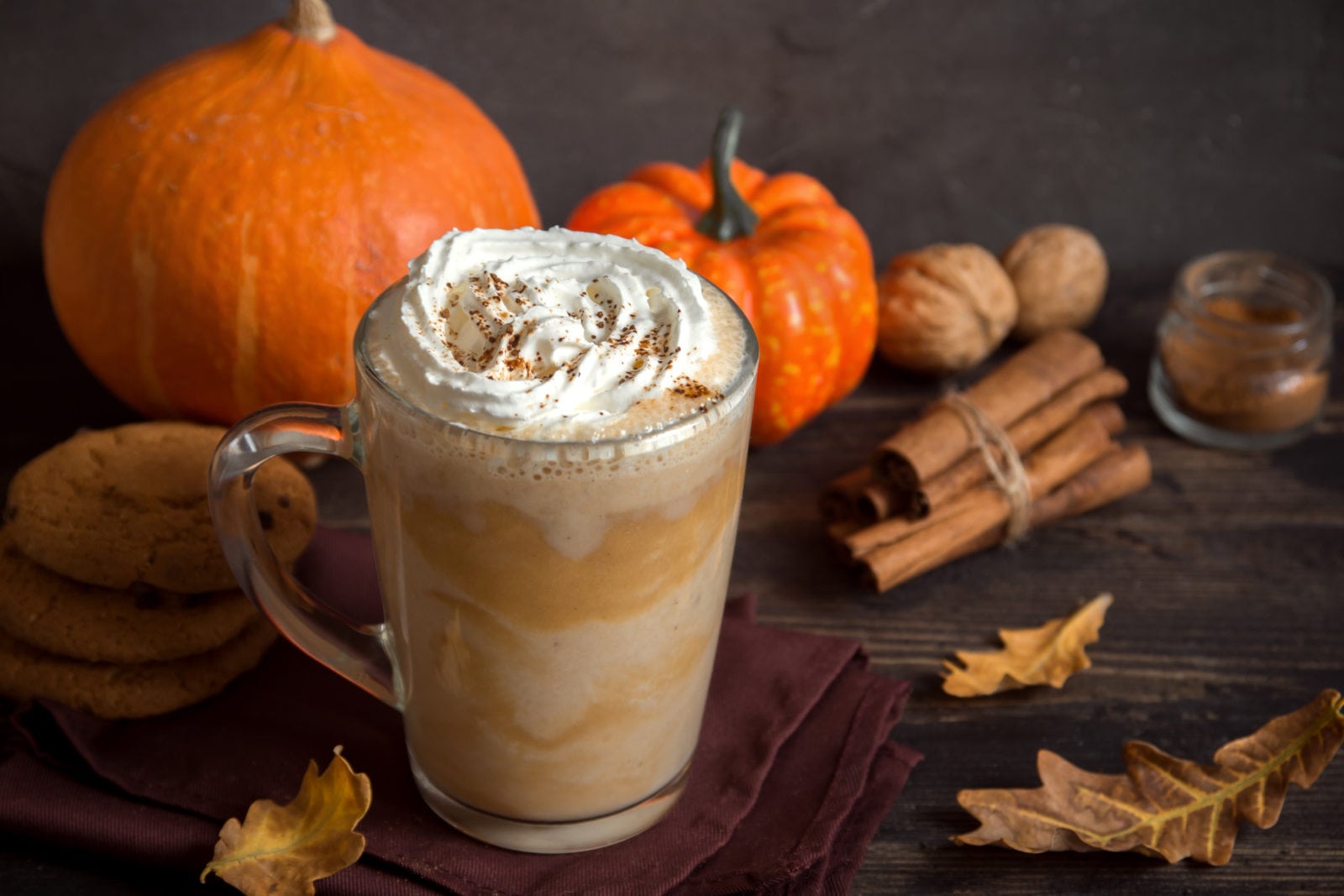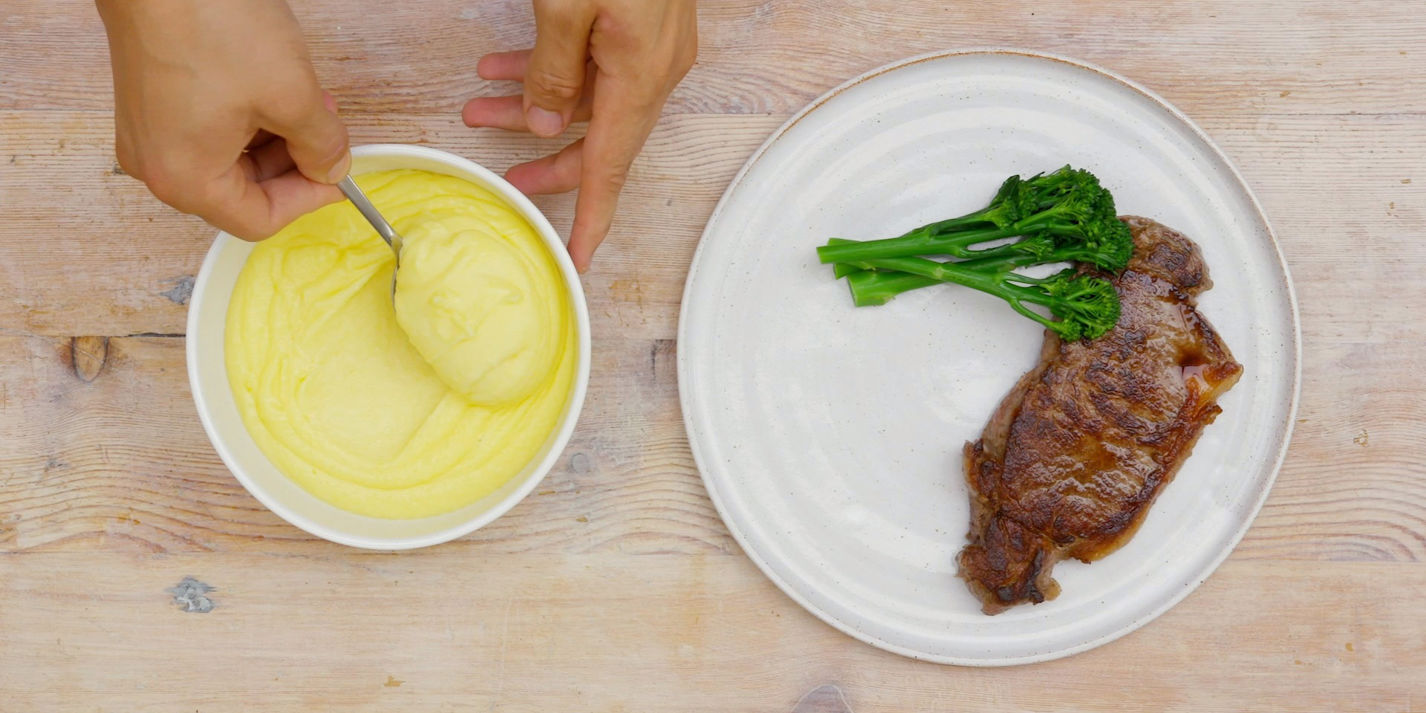When it comes to cooking and baking, precise measurements are crucial for achieving the perfect results. Understanding the conversion between different units of measurement is essential for following recipes accurately. One common conversion that often arises in the kitchen is the conversion of cups to ounces. In this article, we will explore what 1 cup is in ounces and provide some helpful tips for making conversions in your own kitchen.
Understanding the Basics: What Is 1 Cup to Ounces?
In the world of cooking and baking, both cups and ounces are commonly used units of measurement. However, it's important to note that the number of ounces in a cup can vary depending on what is being measured. In the United States, a standard cup is equal to 8 fluid ounces. This measurement is commonly used for liquids such as water, milk, and other beverages.
When it comes to dry ingredients, such as flour, sugar, or spices, 1 cup is equivalent to 8 ounces by weight. It's important to differentiate between fluid ounces and ounces by weight, as they represent different measurements.
Converting Cups to Ounces: A Handy Guide
Converting 1 cup to ounces is a straightforward process, but it's helpful to have a quick reference guide on hand for easy conversions. Here's a simple breakdown to help you make the conversion with ease:
- 1 cup of liquid = 8 fluid ounces
- 1 cup of flour = 4.25 ounces
- 1 cup of granulated sugar = 7.05 ounces
- 1 cup of brown sugar = 7.6 ounces
- 1 cup of butter = 8 ounces
Keep in mind that these conversions are based on standard measurements and may vary slightly depending on the specific ingredient and its density. When in doubt, it's always best to refer to a reliable conversion chart or use a kitchen scale for precise measurements.
Tips for Making Accurate Conversions
Making accurate conversions between cups and ounces is essential for achieving consistent results in the kitchen. Here are some tips to help you make precise measurements:
-
Use a Kitchen Scale: Investing in a quality kitchen scale can be incredibly helpful for measuring ingredients by weight. This is especially useful for recipes that require precise measurements, such as baking.
-
Refer to Conversion Charts: Keep a conversion chart handy in your kitchen for quick reference. There are many resources available online that provide comprehensive conversion charts for a wide range of ingredients.
-
Understand the Ingredient: Different ingredients have varying densities, which can affect their weight in a cup. For example, a cup of all-purpose flour will weigh differently than a cup of chopped nuts. Understanding the nature of the ingredient will help you make more accurate conversions.
-
Be Mindful of Variations: While standard measurements are useful as a general guide, it's important to be mindful of potential variations in weight based on factors such as humidity, packing density, and the specific type of ingredient being used.
Conclusion
In the world of cooking and baking, understanding the relationship between cups and ounces is essential for creating delicious and consistent results. Whether you're whipping up a batch of cookies or preparing a savory dish, knowing what 1 cup is in ounces will empower you to follow recipes with confidence and precision. By keeping these conversion tips in mind and utilizing the right tools, you can elevate your culinary skills and enjoy the satisfaction of perfectly measured ingredients in every dish.
Was this page helpful?
Read Next: What Is Chick-fil-A’s Frosted Lemonade
